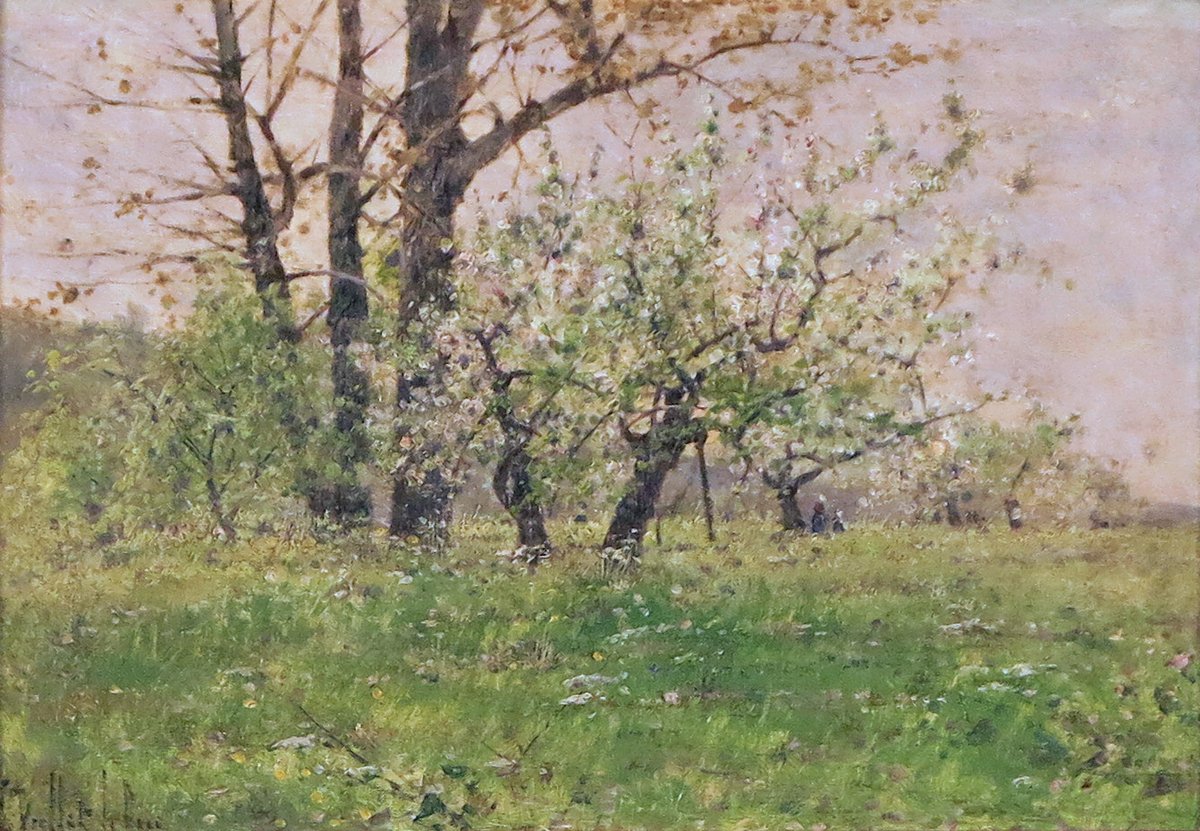Artists
Eugene Viollet-LeDuc
French, 1814-1879Eugène Emmanuel Viollet-le-Duc, born 27 January 1814 in Paris and died September 17, 1879 in Lausanne, is a French architect, known to the general public for his restorations of medieval buildings. He was also responsible for having laid the foundations of modern architecture, for his theoretical writings marked by rationalism (Conversations on Architecture, 1863), and to have directly inspired several major players in the Art Nouveau movement: Hendrik Petrus Berlage, victor Horta , Eugène Grasset, Hector Guimard , Gaudí, Henri Sauvage, etc.
Eugène Viollet-le-Duc is the son of Emmanuel Louis Nicolas Viollet-le-Duc (1781-1857), curator of the royal residences in the overall stewardship of the civil list in the reign of Louis-Philippe I 1832 , writers (New poetic Art, Paris, Martinet 1809) and whose wife, Elizabeth Delécluze Eugenie (1785-1832), daughter of the architect Jean-Baptiste Delécluze (1745-c. 1805), held a salon where was received, among others, Stendhal . Eugene had a younger brother Adolphe Viollet-le-Duc (1817-1878), who was a painter.
Because of the position held by his father in the administration, all the Viollet-le-Duc family was housed at the Tuileries Palace.
May 3, 1834, he married Elizabeth Tempier with whom he had shortly after a son, also appoint Eugene. The same year, he became deputy professor of composition and ornament to the “small school” of drawing (former Royal Free Drawing School, which later became the National School of Decorative Arts).
March 12, 1836, Eugène Viollet-le-Duc share to a 18-month study tour in Italy. Upon his return, he joined the Council of civilian buildings as auditor and was appointed Deputy Inspector of hotel work of the Archives of the kingdom.
Meanwhile, in the early 1830s, a medieval heritage restoration movement appeared in France. Prosper Mérimée became Inspector General of Historical Monuments, asked Viollet-le-Duc, the architect - he shunned the Fine Arts - to restore the Basilica of Vézelay in 1840. This work marked the beginning of a long series of restorations the best known are the city of Carcassonne, the Notre-Dame de Paris in 1843 with Jean-Baptiste-Antoine Lassus. Viollet-le-Duc owes much to the architect and historian of architecture and decorative arts of the Middle Ages including Saint-Jean-Baptiste Church of Belleville is the best work completed. Viollet-le-Duc also work on the castles of Roquetaillade, Coucy and Pierrefonds.
Alongside his work, he held various positions:
• Head of the Office of Historical Monuments (in 1846);
• Member of the arts and religious buildings Commission (1848);
• Member of the greater development of the national Commission of Sèvres Manufactures Gobelins and Beauvais (in 1849);
• Diocesan Inspector General of Buildings (1853);
• Architect diocesan Buildings (1857);
• Member of the Historic Monuments (1860);
In 1863 he became professor of art history and aesthetics at the School of Fine Arts (the first chair which explicitly included the words “art history” discipline which he was a founder in La France).
In 1874, he was responsible for the renovation of the Cathedral of Lausanne, Switzerland. It will be for his latest restoration project, since he died in the city in 1879, and was buried in the cemetery of Bois-de-Vaux (101 concession).
His painting are quit scarce and sought after. Exceptional attention to detail and overall excellent quailty to his works.


